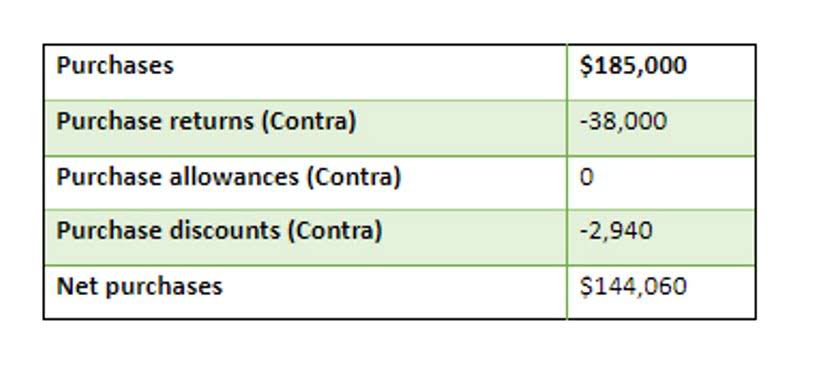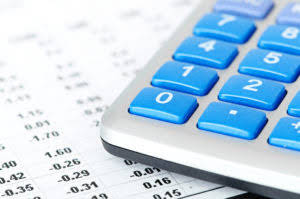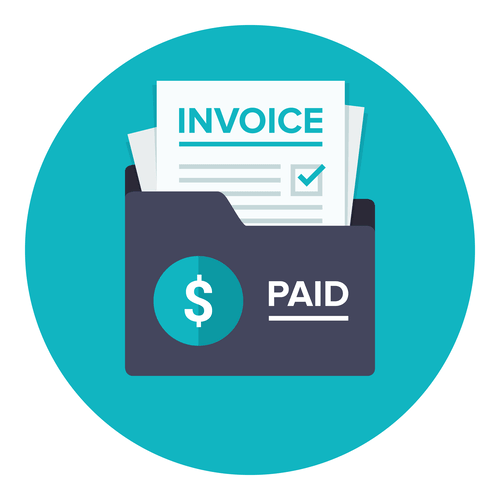
This notion underscores why grasping the cash flow to stockholders formula isn’t just accounting savvy—it’s vital insight into a company’s well-being. When a company buys back its bookkeeping and payroll services own stock, it reduces the number of outstanding shares, potentially increasing the value of remaining shares. Cash flow to stockholders includes stock buybacks, making this metric important for assessing the company’s approach to managing its equity base and maximizing shareholder value. Think of net cash flow as a company’s financial thank-you note to its investors.
Formula and Calculation of Cash Flow
- Strong companies manage cash flow well – they keep shareholders happy and businesses healthy.
- But there’s more – if the firm borrows less or pays back loans (which is net borrowing), it might use that extra cash for shareholder dividends too.
- Cash flows from financing (CFF) shows the net flows of cash used to fund the company and its capital.
- When there is positive net cash flow, it means investors received more in dividend payments than what they invested during that period.
- This calculation aids investors and analysts alike in assessing the health of shareholder returns, reflecting a company’s ability to generate investor wealth through dividends or reinvestment strategies.
- High capital expenditures may limit the funds available for dividends or stock buybacks.
Cash flows are reported on a cash flow statement, which is a standard financial statement that shows a company’s cash sources and use over a specified period. Corporate management, analysts, and investors use this statement to judge how well a company is able to pay its debts and manage its operating expenses. The cash flow statement is one of several financial statements issued by public companies, which also include a balance sheet and an income statement.

Small Business Profit and Loss Statement: How to Understand and Use It for Business Growth
The bottom line reports the overall change in the company’s cash and equivalents over the last period. Adam Hayes, Ph.D., CFA, is a financial writer with 15+ years Wall Street experience as a derivatives trader. Besides his extensive derivative trading expertise, Adam is an expert in economics and behavioral finance. Adam received his master’s in economics from The New School for Social Research and his Ph.D. from the University of Wisconsin-Madison in sociology. He is a CFA charterholder as well as holding FINRA Series 7, 55 & 63 licenses.
- Proceeds from issuing long-term debt, debt repayments, and dividends paid out are accounted for in the cash flow from financing activities section.
- Think of net cash flow as a company’s financial thank-you note to its investors.
- Dividends are cash payments made by a company to its shareholders as a way of distributing profits.
- For example, depreciation expenses reduce taxable income but do not affect operating cash flow.
Find Value of Dividends Paid
Free cash flow is the money left over after a company pays for its operating expenses and any capital expenditures. Free cash flow is considered an important measure of a company’s profitability and financial health. Calculate the cash flow to preferred stockholders, which is equal to the preferred dividend payments minus new preferred stock issues. Strong earnings typically result in higher operating cash flow, which can be used to fund dividends and buybacks. If profitability decreases, the company may reduce or suspend stockholder payouts to conserve cash.
Other Cash Flow Calculations
Calculate the cash flow to stockholders of common shares, which is equal to the dividend payments minus new stock issues plus repurchased shares. To conclude the cash flow equation example, the cash flow is $11 million ($20 million – $10 million + $1 million). This metric can also give insights into a company’s overall financial health and its capacity to fund operations, repay debt, and return cash to investors. A business that generates consistent and robust cash flow can potentially provide long-term value to shareholders.

This gauge not only illuminates shareholder value but also serves as an indicator of a company’s capacity for growth from its own financial reservoirs. Next up, we dive deeper into how various angles shape our cash flow to stockholders is defined as: understanding of corporate finance flows—let’s explore alternative perspectives on cash movements within companies. Whether you’re an aspiring accountant or a business owner looking to get a firmer hold on your financial situation, knowing how money moves in and out with regard to those who own shares can be pivotal. Again, cash flow simply describes the flow of cash into and out of a company. Profit is the amount of money the company has left after subtracting its expenses from its revenues.
- He is a CFA charterholder as well as holding FINRA Series 7, 55 & 63 licenses.
- In this article, we’ll explore how to calculate cash flow to stockholders, why it matters, and how it fits into the broader financial picture of a company.
- It also provides insights into a company’s capital allocation strategy and its financial flexibility.
- To conclude the cash flow equation example, the cash flow is $11 million ($20 million – $10 million + $1 million).
- For investors, it’s a key indicator of the company’s commitment to delivering value and supporting shareholder returns.
Consider Ending and Beginning Balances
Proceeds from issuing long-term debt, debt repayments, and dividends paid out are accounted for in the cash flow from financing activities section. First, find the differences between the ending and beginning balances in the common stock and contributed surplus accounts, which are in the shareholders’ equity section of the balance sheet. Second, add these differences to find the value of the new stock issues during the period. Common stock is the par value of common shares, and contributed surplus is the difference between the market value and the par value. The metric also reveals how a company allocates its capital—whether it’s prioritizing reinvestment in the business, paying off debt, or rewarding shareholders. Overall, the cash flow to stockholders calculation provides investors with important information about a company’s ability to generate cash and distribute it to shareholders.

The beginning balance of the current period is the ending balance of the previous period, which you can get from the prior-period balance sheet. Calculating cash flow to stockholders in Excel helps you see how much money goes to those who own company shares. Net cash flow to stockholders shows how much money a company gives to its owners. It’s the cash left for shareholders after paying dividends and retained earnings raising or repaying equity financing.

Calculation:
Investors can use a Cash Flow to Stockholders Calculator to make informed investment decisions by calculating this important financial metric quickly and easily. Determine the value of new preferred stock issues, which is the difference between the ending and beginning preferred stock balances in the shareholders’ equity section of the balance sheet. If the company receives a premium over par for its preferred shares or if it redeems some of these shares during the period, factor those amounts into the calculation. For businesses, this calculation can guide decisions about reinvesting in the business, paying off debt, or returning cash to stockholders. For investors, it’s a key indicator of the company’s commitment to delivering value and supporting shareholder returns.
